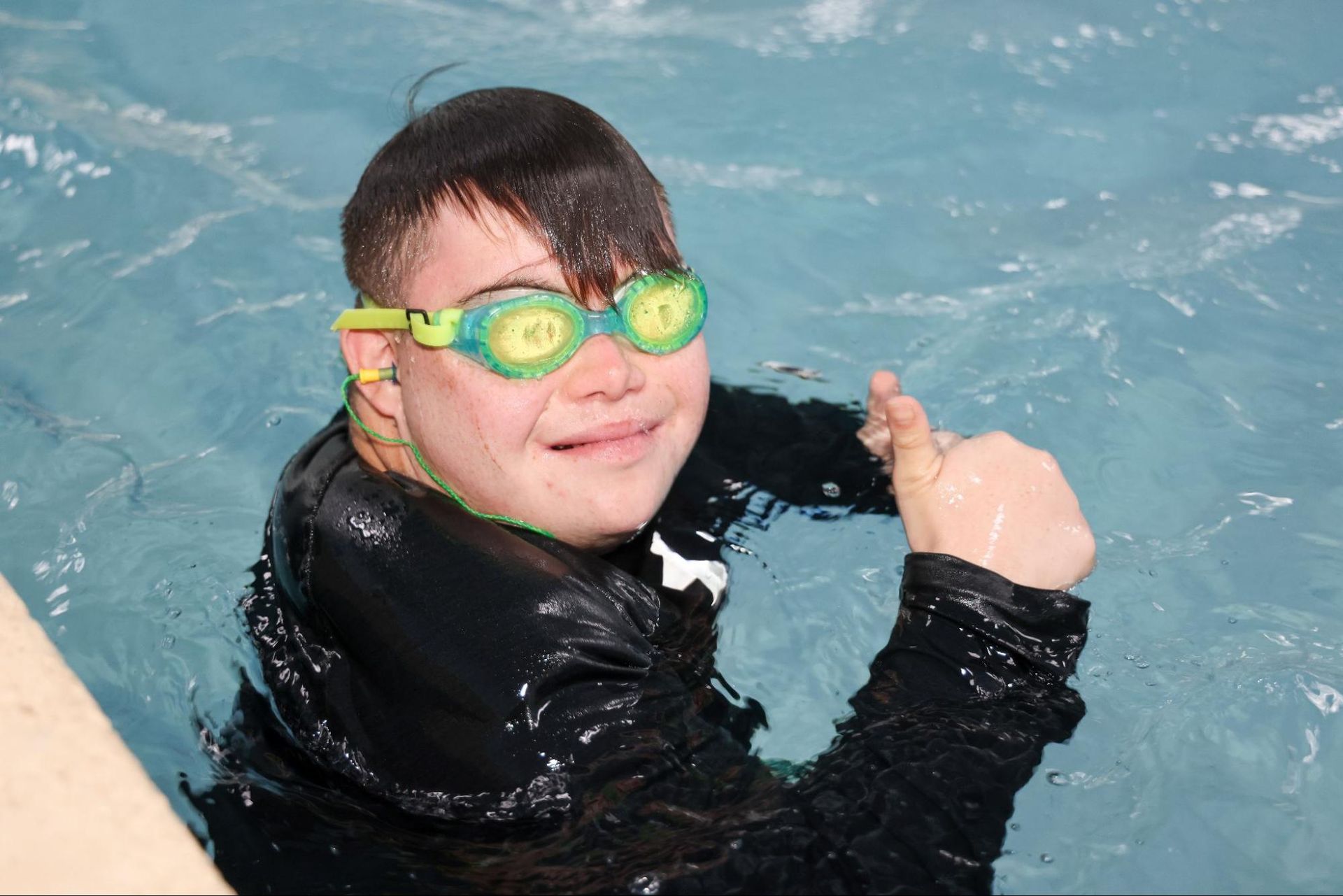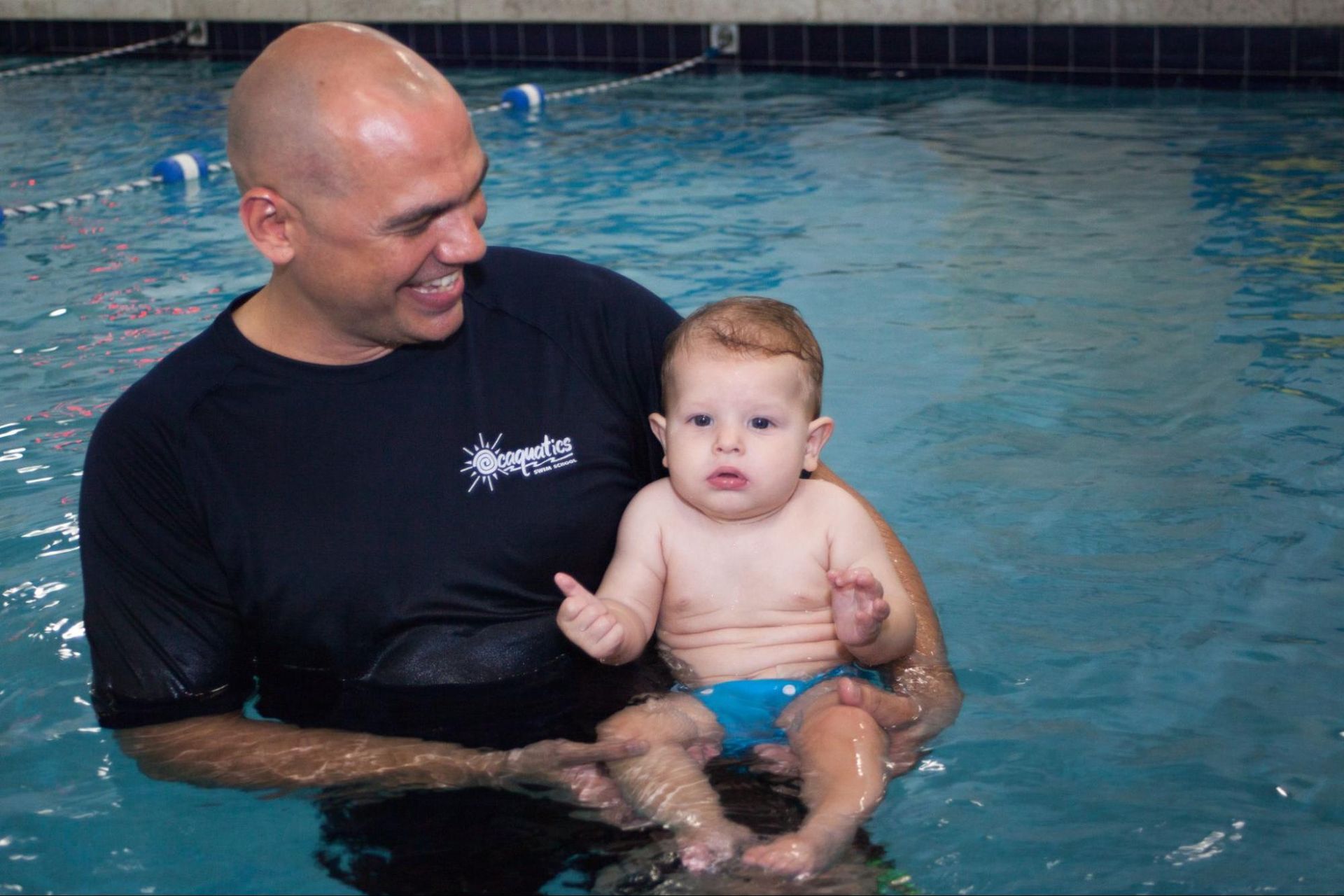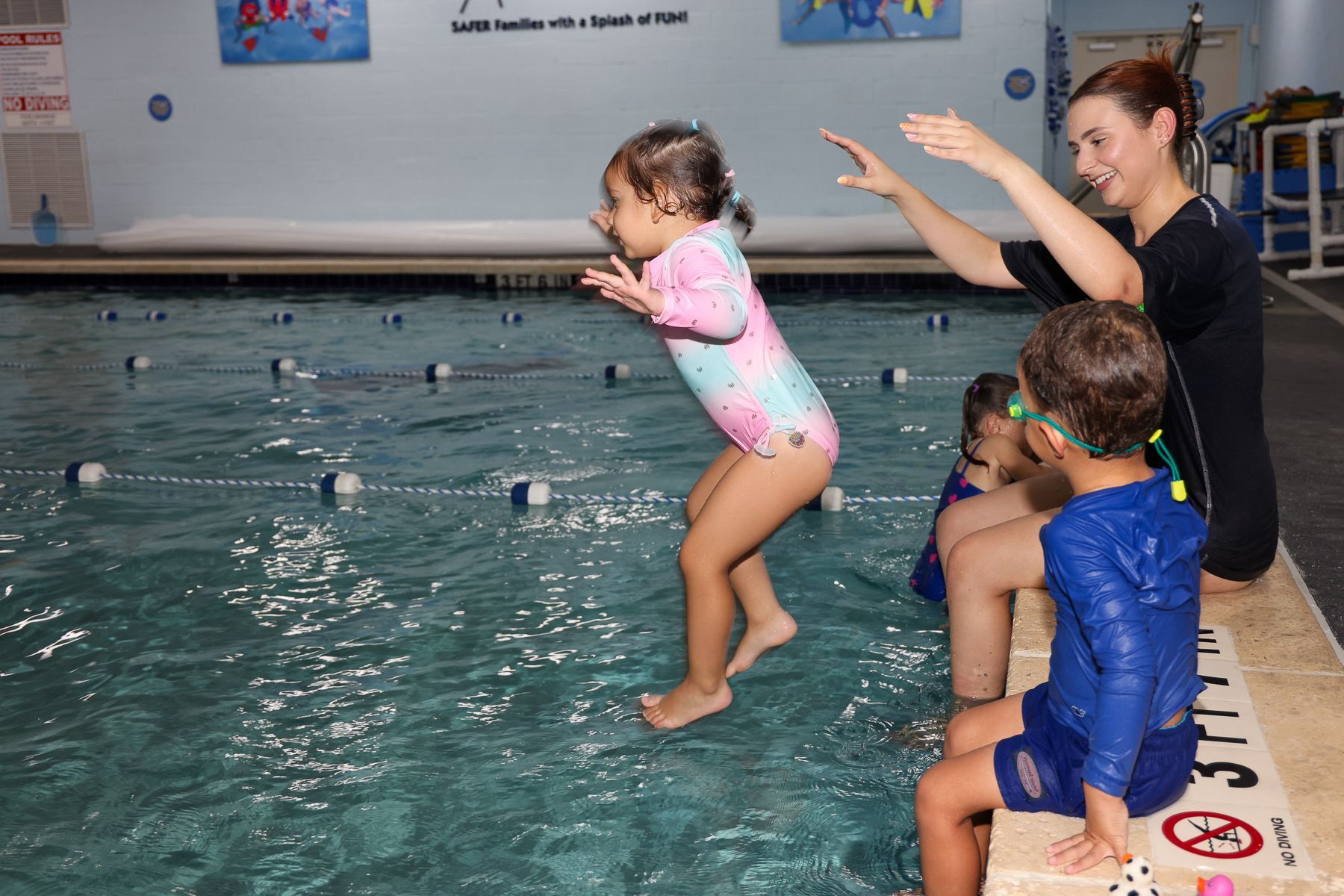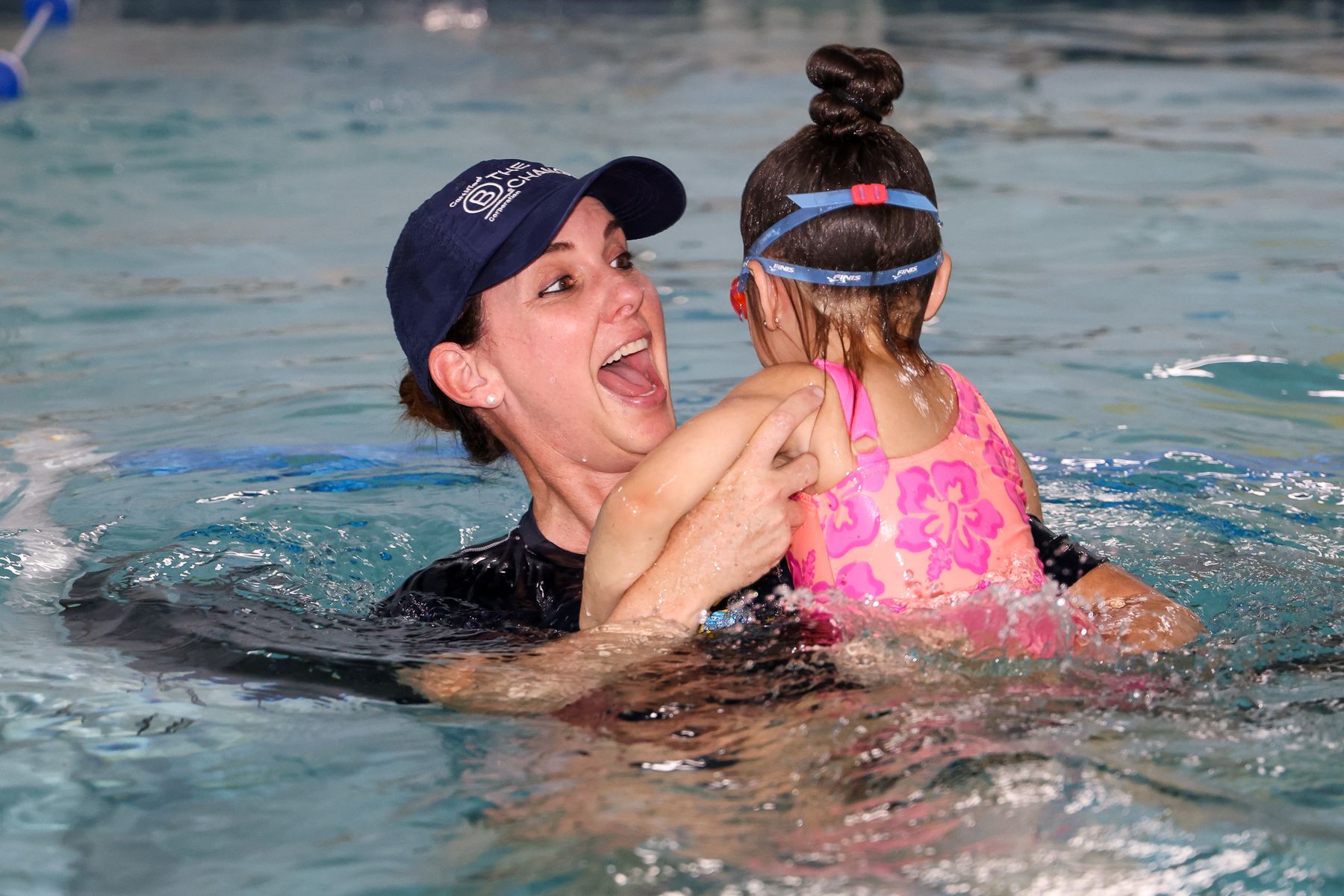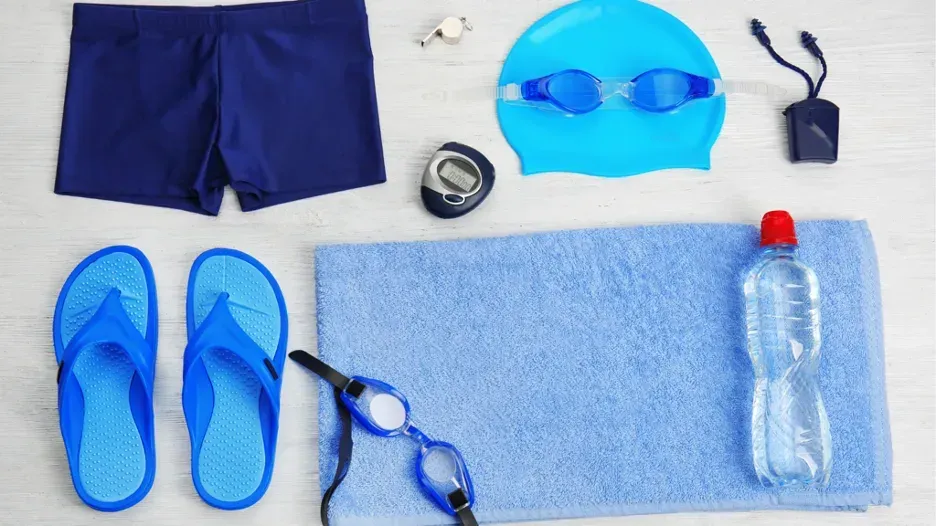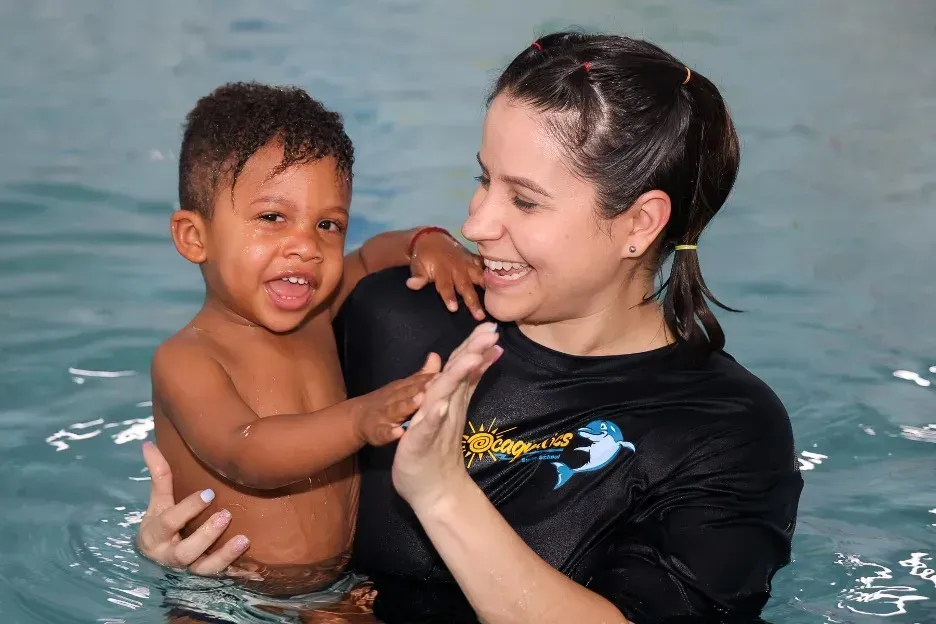How to Get Water Out of Ears After Swimming
Swimming is a fantastic way to stay fit and have fun, but it often comes with the minor annoyance of water getting trapped in your ears. This can be uncomfortable and, if not addressed, can lead to more serious issues like infections. At Ocaquatics Swim School, we understand the importance of enjoying your time in the water without the lingering discomfort of waterlogged ears. In this blog post, we explore various methods for removing water from the ears after swimming, while offering tips on preventing it from happening in the first place.
The Discomfort of Having Water Trapped in Ears
We've all been there—after a fun day of swimming, you get out of the pool and suddenly feel that annoying sensation of water sloshing around in your ear. It's not just a minor inconvenience; it can be downright uncomfortable. You might experience muffled hearing, itching, or even pain. And if you ignore it, that trapped water can lead to swimmer's ear, a painful infection of the outer ear canal that often requires medical treatment. No one wants to deal with that! That's why it's so important to know how to get rid of the water effectively and take steps to prevent it from getting trapped in the first place. Whether you're a casual swimmer or a regular at the pool, understanding these techniques can make your swimming experience much more enjoyable and worry-free.
How to Clear Water from Ears Post-Swim
We've all experienced that annoying sensation of water getting stuck in our ears after a swim. It can be uncomfortable and even a bit worrying if you don't know how to get rid of it. Luckily, there are several simple and effective methods to clear water from your ears and get back to feeling normal.
Gravity Technique
One of the easiest ways to get water out of your ear after swimming is to use gravity. Simply tilt your head to the side with the affected ear facing down. Gently pull on your earlobe to open the ear canal, allowing gravity to do its work. You can also try lying down on your side with the affected ear on a towel to let the water drain naturally. This method is straightforward and doesn't require any special tools or products.
Tilting and Shaking
Another effective method is to tilt your head to the side and gently shake it. This can help dislodge the water trapped in your ear canal. Be careful not to shake your head too vigorously, as this can cause dizziness or discomfort. A gentle shake is usually enough to get the water moving and out of your ear.
The Valsalva Maneuver
The Valsalva maneuver is a technique often used to equalize ear pressure, but it can also help remove water from your ears. Close your mouth, pinch your nose shut, and gently blow as if you are trying to blow your nose. This can help open the Eustachian tubes and allow the water to drain out. Be cautious not to blow too hard, as this can damage your eardrum. This method is particularly useful if you feel pressure in your ears along with the water.
Drying the Ear Canal
After using the above methods, it's essential to dry your ear canal to prevent any remaining moisture from causing an infection. Use a soft towel to gently dry the outer ear. You can also use a hairdryer on the lowest setting, held at least a foot away from your ear, to help evaporate any remaining water. Be sure to keep the hair dryer moving to avoid overheating any one spot. This step is especially important for preventing swimmer's ear and other ear infections.
Over-the-counter Ear Drops
There are several over-the-counter ear drops designed to help remove water from the ears. These drops usually contain alcohol, which helps evaporate the water and has antiseptic properties to prevent infections. Follow the instructions on the packaging for the best results. These drops can be a convenient and effective solution, especially if you frequently experience water getting trapped in your ears.
When to See a Doctor for Water Trapped in Ears
While most cases of water trapped in the ears can be resolved with the above methods, there are times when professional medical help is needed. If you experience severe pain, persistent hearing loss, or signs of an infection such as redness, swelling, or discharge, it's essential to see a doctor. These symptoms could indicate a more serious condition that requires medical treatment.
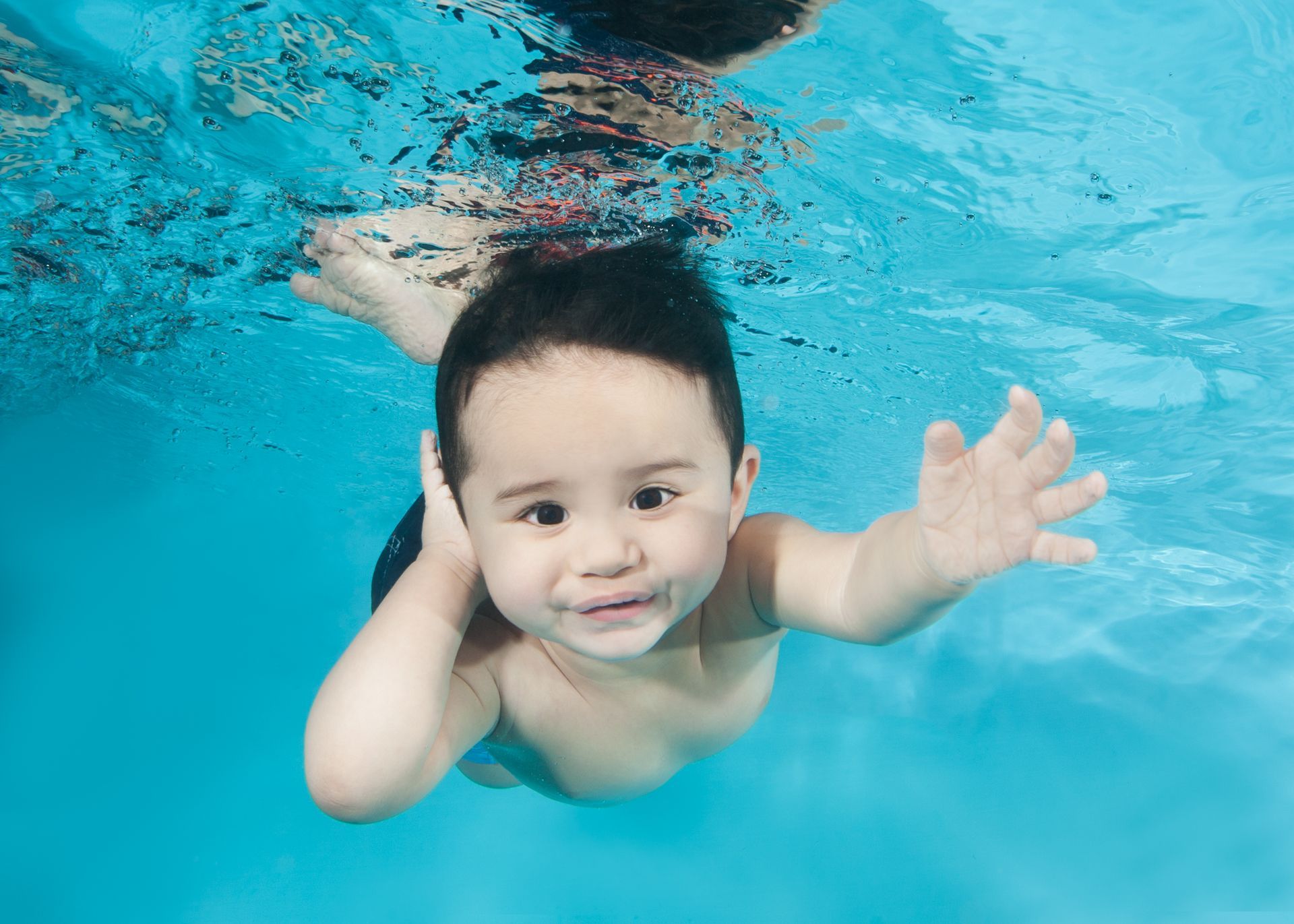
How to Prevent Water from Getting Trapped in Ears
Earplugs
One of the best ways to prevent water from getting trapped in your ears is to use earplugs while swimming. There are various types of earplugs available, including foam, silicone, and custom-molded options. Choose a pair that fits comfortably and provides a good seal to keep water out.
Swimming Caps
Wearing a swimming cap can also help prevent water from entering your ears. While not entirely foolproof, a well-fitted cap can reduce the amount of water that gets into your ears and is a good addition to using earplugs.
Post-swim Ear Care Routines
Developing a post-swim ear care routine can help keep your ears dry and healthy. After swimming, use a towel to dry your ears thoroughly. You can also use over-the-counter ear drops as a preventive measure to ensure any remaining water is evaporated.
Learn the Fundamentals of Swimming at Ocaquatics Swim School
At Ocaquatics Swim School, we believe that mastering the fundamentals of swimming goes beyond just learning strokes and techniques. We emphasize the importance of overall water safety and comfort, which includes knowing how to handle common issues like water trapped in your ears.
Our experienced instructors teach swimmers of all ages not only how to swim efficiently but also how to take care of themselves in and out of the water. By incorporating these essential skills into our lessons, we ensure that our students are well-prepared to enjoy swimming safely and comfortably. For more swimming tips and personalized swim lessons, visit us today. Stay safe and happy swimming!





